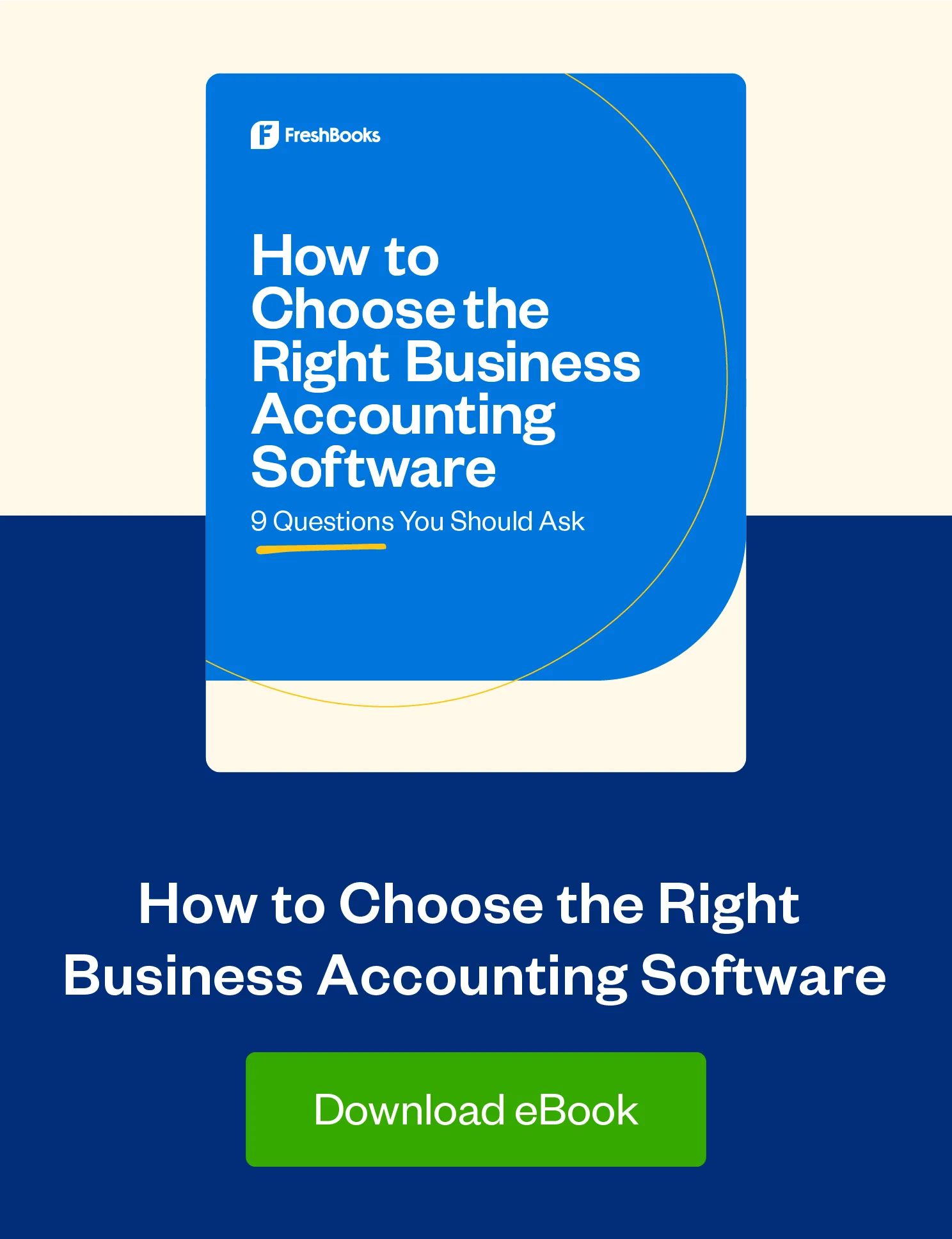A tax refund delay can really impact your cash flow. Here are 5 likely reasons why you haven't received your tax refund yet.

It’s a fact: People despise waiting. In 2019, the stationery supply company BIC asked people how long they were willing to wait before becoming frustrated. Respondents reported losing their patience after just 16 seconds of waiting for a web page to load, 18 seconds of looking for a pen, and 25 seconds of waiting for a traffic light to change.
While the wait time for a tax refund wasn’t included in the BIC study, most Canadian taxpayers wait around 2 weeks for a tax refund. But did you know that errors, not submitting electronically, or claiming certain tax credits can lead to long delays?
Here are 5 main reasons for a delayed tax refund and what you can do to avoid screaming “where’s my refund?” into the void next year.
Table of Contents
Reason #1: Your Tax Submission Is Missing Information or Has Errors
Missing or incorrect information is one of the most common causes of delayed tax refunds. Be sure to double-check your Social Insurance Number (SIN) and make sure your name (and the name of your spouse and dependents) matches the name on file with the Social Security Administration.
Failing to report all income can also cause delays. If you didn’t receive a T3, T4, T5, etc., then make your best income estimate from your own records. Excluding income, even if you didn’t receive the slip in time to file your return, also triggers penalties and interest, which will reduce your refund.
Additionally, if you enter the wrong bank account number and your refund gets deposited into someone else’s account, you’ll need to work with the bank to recover your money.
Reason #2: You Filed a Paper Tax Return
You heard it here first: File electronically if you can. The Canada Revenue Agency (CRA) strongly encourages all taxpayers to submit tax returns online versus filing a paper tax return. The tax software you use to e-file your tax returns helps avoid mistakes from incorrect names or Social Insurance Numbers, as the system will usually reject any e-filed tax returns with those issues.
The average processing time for an electronically filed return is 2 weeks. For a paper return, it’s a whopping 8 weeks. And if you filed your paper return close to the April 30th deadline, you are likely to wait even longer.
If you have a tax preparer like an accountant or bookkeeper to process tax returns on your behalf, they should also file electronically. This will also cut down on the processing time because it takes the manual processing of your taxes off your plate, helping you receive refunds faster. Your cash flow will thank you!
Reason #3: Your Installment Payments Were Applied to the Wrong Account or Tax Year
Did you know that the CRA applies your payments to both a tax account and a tax period? If you’re making payments online, it’s crucial that you use the correct payment options for both your account and the tax period. The CRA will not automatically apply all your payments to your balance owing. Depending on the online banking platform you use, your payment options can include payments on prior years’ balances owing, payment of your taxes when you file your return, and prepayments (installments) on the current tax year.
For personal taxes, installment payments are paid quarterly: March 15, June 15, Sept. 15, and Dec. 15. The March 15th installment applies to the prior year. In other words, installments for your current tax year run from June to March.
If you’re a sole proprietor and registered for GST/HST, make sure to use the right account number when making your payments. A business number (BN) is similar to a SIN, so it can be easy to confuse the two. If you also have a private corporation, keep those numbers separate, so you don’t make payments to your corporation’s account in error.
Reason #4: You May Be Claiming Certain Tax Credits and Deductions
If you claim moving expenses, you are almost certain to have a pre-assessment request for more information. Similarly, large medical expense credits or large donations will attract closer attention before your return is finally processed and your refund issued.
In the past, receipts to support most of your tax deductions or tax credits were sent in with your paper filed tax return. Now, you must keep these documents on hand in the event the CRA requests them before completing your assessment and issuing your refund.
Other tax credits that warrant a closer look are the Federal Foreign Tax Credit, the Tax Credit for an Eligible Dependent, and the Canada Caregiver Credit. If it’s your first year claiming these credits, be on the lookout for your pre-assessment request for additional information.
If you are unwilling or unable to provide the information requested to the satisfaction of the pre-assessment CRA auditor, your deductions will be reduced or reversed, so make sure to respond to these requests within the timeframe noted on the request.
If you are registered for online mail with CRA, you can find these notices in the mailbox of your MyCRA account online.
Reason #5: You May Owe Money or Have Unfiled Returns
You may be surprised to learn that there are several governmental agencies that can request a lien against any tax refunds you receive. Not only can the CRA apply your refunds to the amounts you owe them, but other agencies (like provincial healthcare) can also request to have your refund applied to amounts owing to them.
If this happens, you will see a notification in your online MyCRA account, as well as being noted on your notice of assessment. Look for this in the bottom paragraphs that explain any changes made to the filing of your return.
Your refund can also be held up if you haven’t filed your sole proprietorship or partnership’s GST/HST returns. The rule of thumb: Always keep all your filings up to date and your taxes paid up in order to get your refunds as quickly as possible!
Can’t Afford to Wait for Your Tax Refund?
If you really don’t want to wait for a tax refund, you may be able to adjust your payroll withholding taxes or reduce your fourth-quarter installment tax payment for 2022. Remember, this is your March 15, 2023 payment. If you can come up with a close estimate of your tax liability now, reducing your withholding or estimated payment will keep more money in your pocket now. Keep in mind that you’ll have a smaller expected refund later.
Don’t fret if your return is held up: The CRA will pay you interest. If the CRA doesn’t issue your refund within 31 days of accepting your return, they owe you interest for each additional day. If you are eligible for interest, the CRA will automatically add any interest it owes you to your tax refund. However, that interest is taxable income for you on next year’s return.
Despite delays due to certain tax credits and incorrectly or late filed returns, the CRA says most tax refunds are still issued within a couple of weeks. And if you need some reassurance, you can always check the processing status using your MyCRA account.
At the end of the day, it’s always best to file early to get the fastest processing times possible.

Written by Melanie Schroeder, CPA, Founder and CEO, Out Of The Box Chartered Professional Accounting
Posted on January 4, 2023

 7 Things You Need to Know When Filing Freelancer Taxes in Canada
7 Things You Need to Know When Filing Freelancer Taxes in Canada Get Money in Your Pocket Sooner: 8 Tips to Improve Cash Flow
Get Money in Your Pocket Sooner: 8 Tips to Improve Cash Flow Just in Time for Tax Time: Lessons Learned From Switching to FreshBooks
Just in Time for Tax Time: Lessons Learned From Switching to FreshBooks





